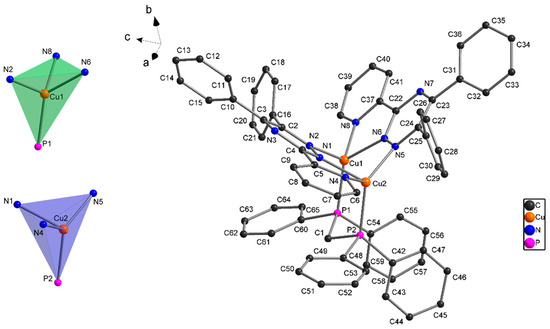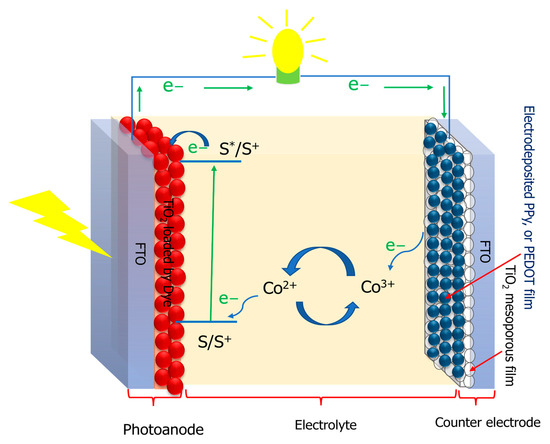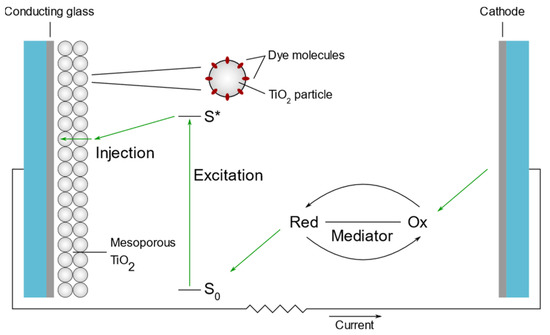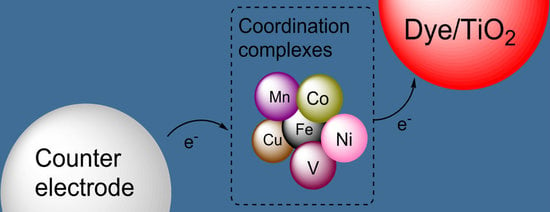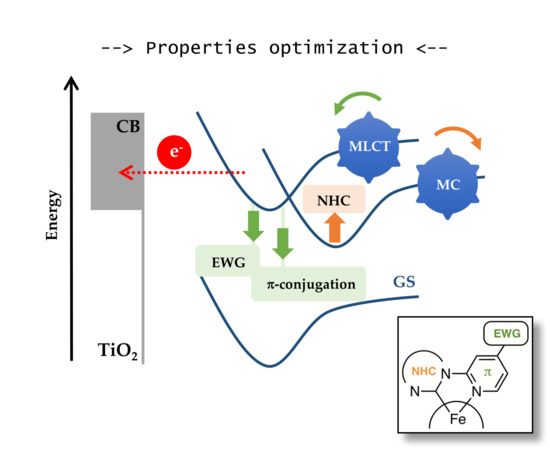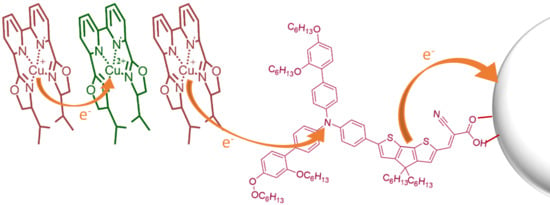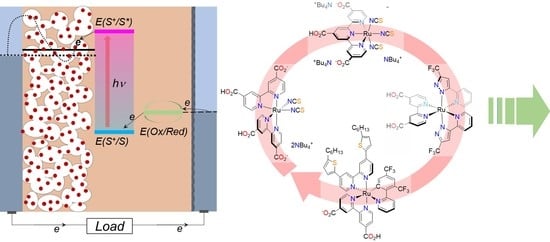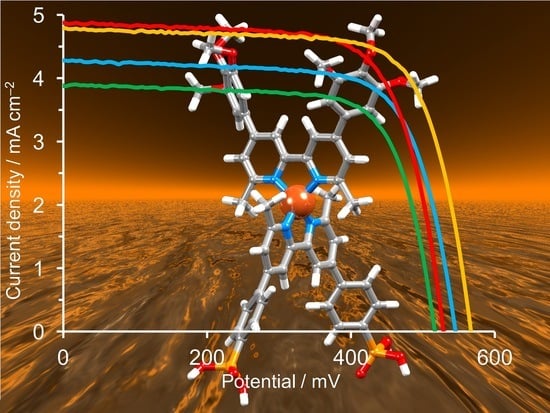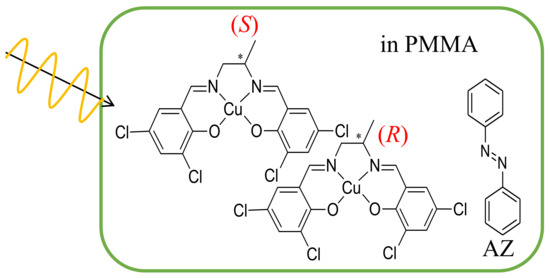Coordination Complexes for Dye-Sensitized Solar Cells (DSCs)
A topical collection in Inorganics (ISSN 2304-6740). This collection belongs to the section "Coordination Chemistry".
Viewed by 76956Editor
Interests: light harvesting using inorganic coordination complexes as dyes in dye-sensitized solar cells (DSCs); development of emissive complexes for application in light-emitting electrochemical cells (LECs); water splitting and water oxidation catalysts; functional coordination polymers and networks; chemical education
Special Issues, Collections and Topics in MDPI journals
Topical Collection Information
Dear Colleagues,
The Grätzel dye-sensitized solar cell (DSC) was developed in the 1990s and converts solar into electrical energy. Grätzel's breakthrough use of sintered nanoparticles of the semiconductor on the working electrode of the cell to provide a huge surface area for dye adsorption has been followed by the development of a myriad of sensitizers. The vast majority of investigations are focused on n-type DSCs. However, with an ultimate goal of functional tandem devices, much work is still needed to improve the performances of p-type DSCs. State-of-the-art dyes encompass ruthenium complexes, organic and zinc(II) porphyrin-based dyes with the best conversion efficiencies reaching ~11–14%. Copper(I)-based dyes are seen as sustainable alternatives to ruthenium-containing sensitizers and, with the aid of co-sensitization using an organic dye, have been shown to achieve efficiences of up to ~65% that of the benchmark rutheium(II) sensitizer N719. For p-type DSCs, cyclometallated ruthenium dyes show promise, and an emerging family of iridium-containing dyes has recently entered the field. This Topical Collection aims to highlight the variety and importance of coordination complexes as sensitizers in DSCs.
Prof. Dr. Catherine E. Housecroft
Guest Editor
Manuscript Submission Information
Manuscripts should be submitted online at www.mdpi.com by registering and logging in to this website. Once you are registered, click here to go to the submission form. Manuscripts can be submitted until the deadline. All submissions that pass pre-check are peer-reviewed. Accepted papers will be published continuously in the journal (as soon as accepted) and will be listed together on the collection website. Research articles, review articles as well as short communications are invited. For planned papers, a title and short abstract (about 100 words) can be sent to the Editorial Office for announcement on this website.
Submitted manuscripts should not have been published previously, nor be under consideration for publication elsewhere (except conference proceedings papers). All manuscripts are thoroughly refereed through a single-blind peer-review process. A guide for authors and other relevant information for submission of manuscripts is available on the Instructions for Authors page. Inorganics is an international peer-reviewed open access monthly journal published by MDPI.
Please visit the Instructions for Authors page before submitting a manuscript. The Article Processing Charge (APC) for publication in this open access journal is 2700 CHF (Swiss Francs). Submitted papers should be well formatted and use good English. Authors may use MDPI's English editing service prior to publication or during author revisions.
Keywords
- dye-sensitized solar cells
- metal complexes
- light-harvesting
- solar energy conversion





